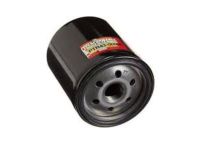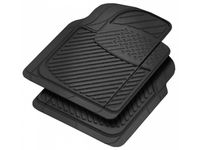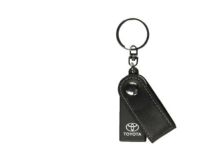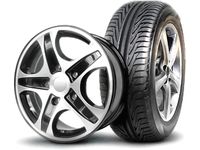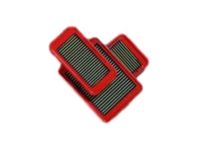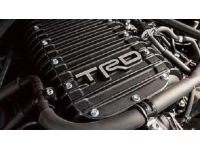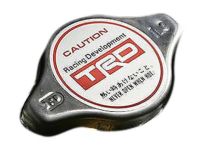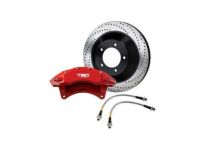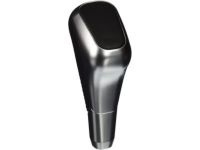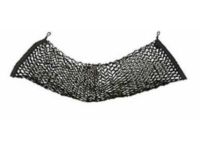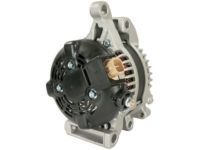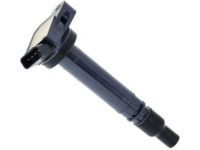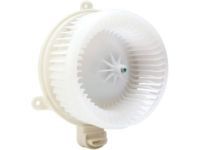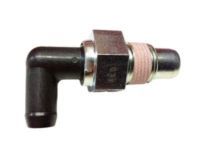- Live Chat
- 1-888-905-9199


Why choose ToyotaPartsDeal
- High-Grade Parts
The best site to buy Toyota Sequoia genuine parts for years has been ToyotaPartsDeal.com. We're the best online store for genuine parts. Toyota Sequoia parts you could ever need are available here at the finest quality and best value on the web that will have your vehicle performing past its limits.
- Value For Money
What makes us the best choice for OEM Toyota Sequoia parts? You get tremendous savings because our goal is to offer unbeatable prices. At ToyotaPartsDeal.com, Our products offer the same performance and reliability as their OEM counterparts without having to break your wallet.
- Quick Delivery
Everything you need for routine maintenance and repair can be found in our complete Toyota Sequoia parts catalog. Having the best OEM parts inventory available, the parts for your vehicle will arrive fast no matter your location in the nation. You'll be back on the open road before you know it.
Popular Genuine Toyota Sequoia Parts
- Power Train/Chassis Parts View More >
- Body Parts View More >
- Engine/Fuel/Tool Parts View More >
- Electrical Parts View More >
Shop Genuine Toyota Sequoia Parts with ToyotaPartsDeal.com
Toyota Sequoia is a full-size SUV manufactured by Toyota since 2000. The first Toyota Sequoia was introduced in 2000. It compares to the mid-size Toyota 4Runner and the premium Toyota Land Cruiser in North America and is the largest SUV currently being produced under the Toyota brand. The Toyota Sequoia was nominated for the North American Truck of the Year Award since its birth. It has gone through two generations. On January 11, 2000, Toyota introduced the first generation Toyota Sequoia (2000-2007) at the North America Auto Show. It was available in only two trims: base SR5 and Limited in both two-wheel drive and four-wheel drive versions. Toyota Sequoia mainly got power from a 4.7 L 240 hp V8 engine from 2001 to 2004, a 4.7 L 282 hp V8 with VVT-I engine in 2005, and a 4.7 L 273 hp V8 with VVT-I engine from 2006 to 2007. Available transmissions included a 4-speed and 5-speed automatic transmission. At the 2007 Los Angeles Auto Show, the second generation Toyota Sequoia (2008-present) was unveiled. It adds a new Platinum model. It also is powered by a 5.7 L 381 hp V8 engine and a 4.6 L 310 hp V8 engine equipped with either a 5-speed or 6-speed automatic transmission.
As time goes on, the Toyota Sequoia may experience common issues that can affect its lifespan. Engine problems can result in slow acceleration, poor fuel economy, difficulty starting, engine misfiring, dropping oil pressure, dirty exhaust, or overheating, with the Check Engine Light being the most obvious sign. Inspecting the spark plug, oxygen sensor, oil filter, air filter, or intake manifold gasket can help address these issues. Suspension, steering, and transmission failures are also possible; suspension failure can be caused by a broken strut housing, while steering issues may involve a loose steering wheel and a triggered Traction Control Light. Checking the steering angle sensor can help confirm steering problems. Transmission failure may result from the bad bell housing. To maintain a smoothly running Sequoia, replace the seat belt after every pretensioner activation, take care of the headlight, headlight bulb, and fog light bulb, and change the wiper blade once a year in hot environments and every six months in humid areas.
Opting for OEM parts is the ultimate decision for ensuring top-notch quality and optimal functionality. These parts undergo rigorous quality inspections and are meticulously crafted to meet Toyota's factory standards, thereby guaranteeing a hassle-free installation process. Wondering where to find exceptional quality and low-priced OEM Toyota Sequoia parts? You are at the proper online store. We offer all genuine Toyota Sequoia parts with a manufacturer's warranty at the lowest prices. Order now and you can get brand-new parts at your door step with our fast shipping times.
Toyota Sequoia Parts Questions & Answers
- Q: How to remove the alternator on Toyota Sequoia?A: To remove the alternator, start by disconnecting the negative Car Batteries terminal. For VG engines, remove the battery, engine cover, lower splash shield, and drivebelt. On 2011 and later models, remove the idler pulley and wiring harness clamp bolt, and disconnect electrical connectors. Remove the upper and lower alternator mounting bolts and lift it out. For VB engines, remove the engine cover, loosen lug nuts, raise the front of the vehicle, and remove the drivebelt. Drain the cooling system and remove radiator hoses, cooling fan, and shroud on Sequoia models. Remove the right front wheel and plastic clips from the inner fender well splash shield. Remove the power steering pump and disconnect electrical connectors. Remove the alternator mounting bolts and nut. To install, ensure the replacement unit matches the old one and switch the pulley if needed. Reverse the removal steps.
- Q: How to replace Ignition Coil on Toyota Sequoia?A: To disconnect the negative cable from the battery, follow these steps depending on the type of engine. For V6 engines, remove the engine cover, air intake duct, and air filter housing. On 2011 and later models, remove the emission control valve set. For VB engines, remove the throttle body cover and air intake duct. Remove the plastic clips and rubber seal on the left front inner fender well splash shield. Disconnect the air switching valve hoses and unbolt the tube and air switching valve. For 2UZ-FE engines, remove the engine cover, air intake duct, and air filter housing. For 1UR-FE, 3UR-FE, and 3UR-FBE engines, remove the engine cover, air intake duct, and air filter housing. For all models, unscrew the bolt securing each ignition coil/igniter assembly, disconnect the electrical connector, and pull out the assembly. Installation is the reverse of removal.
- Q: How to remove and install rear-mounted blower motors on Toyota Sequoia?A: Some models have rear heating and air conditioning systems. The rear A/C unit, located behind the rear quarter trim panel, contains the heater core and evaporator. If the fan or blower motor is faulty, they must be replaced together. The blower unit is situated in the cooling assembly under the dash, with an additional blower motor behind the right rear quarter trim panel. To access front-mounted blower motors, the lower trim panel under the passenger's side instrument panel is removed, followed by disconnecting the blower motor connector and removing the mounting screws. Rear-mounted blower motors require the removal of various components, such as rear seats, seat belt anchors, floor mat support plate, scuff plate, window trim, and quarter trim panel. Installation is the reverse of removal for both front and rear-mounted blower motors.
- Q: How to maintain the Positive Crankcase Ventilation (PCV) system and PCV Valve on Toyota Sequoia?A: The Positive Crankcase Ventilation (PCV) system reduces hydrocarbon emissions by circulating fresh air through the crankcase, mixing with blow-by gases, and drawing them into the intake manifold. It consists of a PCV valve and two hoses connecting the air filter housing, crankcase, and intake manifold. The PCV valve restricts flow during high vacuum for idle quality but allows excessive gases to flow back during abnormal conditions. The system may become less efficient over time due to oil residue build-up, leading to symptoms like leaking seals. Routine maintenance tasks like oil changes, air filter replacements, and spark plug replacements should include inspecting and cleaning the PCV hoses. Cracked or deteriorated hoses should be replaced. The PCV valve should be inspected, cleaned, or replaced if residue cannot be removed. Careful inspection of the hoses and valve is necessary before reinstallation.


































